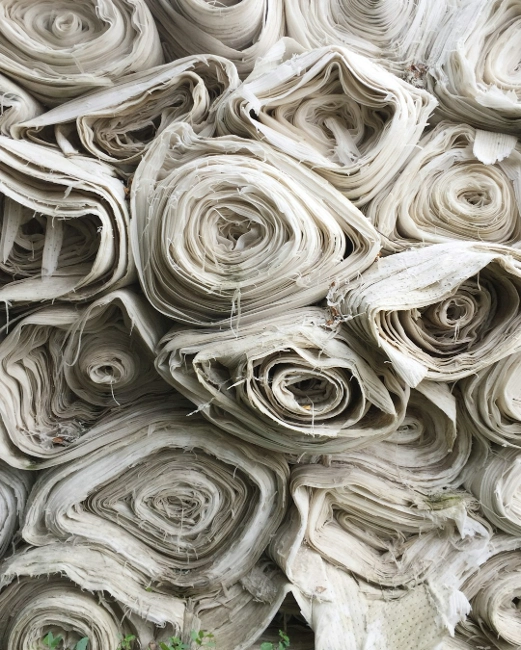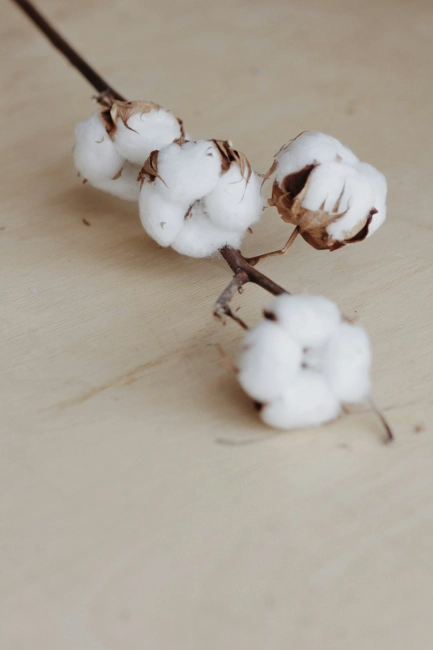The Rise of Sustainable Fashion: Organic Cotton Clothing

-
Introduction
-
The Benefits of Organic Cotton Clothing
-
The Impact on the Fashion Industry
-
Challenges and Opportunities
-
Conclusion
The Rise of Sustainable Fashion: Organic Cotton Clothing
Introduction
In recent years, there has been a growing movement towards sustainable fashion, with consumers becoming more conscious of the environmental and ethical implications of their clothing choices. One of the key players in this shift towards sustainability is organic cotton clothing. Organic cotton is grown without the use of harmful pesticides or synthetic fertilizers, making it a much more eco-friendly option compared to conventional cotton. As a result, many fashion brands are now incorporating organic cotton into their collections to reduce their impact on the planet. This article will explore the rise of sustainable fashion, specifically focusing on the benefits of organic cotton clothing.
The Benefits of Organic Cotton Clothing
Organic cotton clothing offers a range of benefits for both the environment and consumers. Firstly, organic cotton production uses significantly less water compared to conventional cotton farming, which helps to conserve precious water resources. Additionally, because organic cotton is grown without the use of harmful chemicals, it is much healthier for the soil, surrounding ecosystems, and the farmers who cultivate it. By choosing organic cotton clothing, consumers can reduce their exposure to toxic substances and support more sustainable farming practices.
The Impact on the Fashion Industry
The rise of sustainable fashion, particularly the increased popularity of organic cotton clothing, has had a significant impact on the fashion industry as a whole. Many mainstream brands have started to incorporate organic cotton into their collections, responding to the growing consumer demand for more eco-friendly options. This shift towards sustainability has also led to increased transparency in the fashion supply chain, with brands being more accountable for their production practices. As a result, consumers are becoming more informed about where their clothing comes from and how it is made, leading to a more ethical and environmentally conscious fashion industry.
Challenges and Opportunities
While the rise of sustainable fashion and organic cotton clothing is a positive development, there are still challenges that need to be addressed. One of the main challenges is the higher cost of organic cotton compared to conventional cotton, which can make sustainable fashion less accessible to some consumers. However, as demand for organic cotton continues to grow, there are also opportunities for innovation and new market solutions to make sustainable fashion more affordable and widely available. By overcoming these challenges, the fashion industry can continue to make progress towards a more sustainable future.
Conclusion
In conclusion, the rise of sustainable fashion, particularly the increased use of organic cotton clothing, is a positive step towards a more environmentally friendly and ethical fashion industry. By choosing organic cotton over conventional cotton, consumers can support more sustainable farming practices and reduce their impact on the planet. As the demand for sustainable fashion continues to grow, there are opportunities for brands to innovate and make eco-friendly options more accessible to a wider audience. Ultimately, the rise of organic cotton clothing is a testament to the power of consumer choices in driving positive change in the fashion industry.
-
Introduction
-
The Benefits of Organic Cotton Clothing
-
The Impact on the Fashion Industry
-
Challenges and Opportunities
-
Conclusion


